Related Research Articles
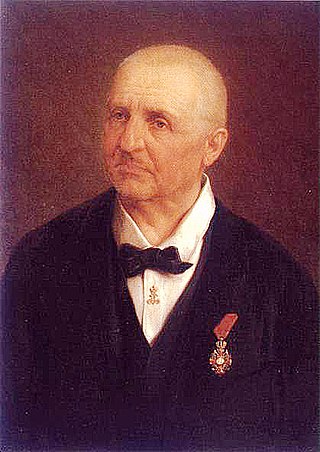
Josef Anton Bruckner was an Austrian composer and organist best known for his symphonies and sacred music, which includes Masses, Te Deum and motets. The symphonies are considered emblematic of the final stage of Austro-German Romanticism because of their rich harmonic language, strongly polyphonic character, and considerable length. Bruckner's compositions helped to define contemporary musical radicalism, owing to their dissonances, unprepared modulations, and roving harmonies.

Alfred Garrievich Schnittke was a Russian composer. Among the most performed and recorded composers of late 20th-century classical music, he is described by musicologist Ivan Moody as a "composer who was concerned in his music to depict the moral and spiritual struggles of contemporary man in [...] depth and detail."
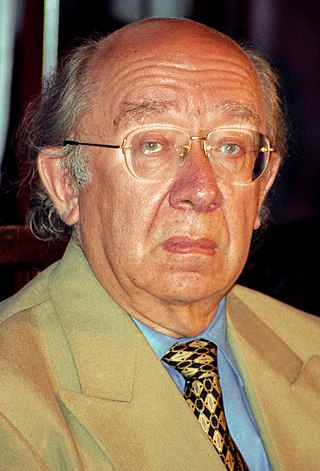
Gennady Nikolayevich Rozhdestvensky, CBE was a Soviet and Russian conductor, pianist, composer and pedagogue.
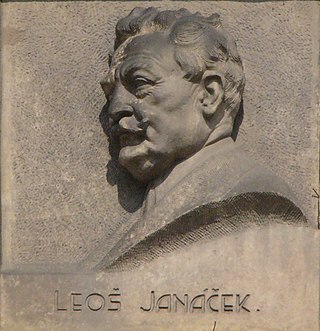
The Glagolitic Mass is a composition for soloists, double chorus, organ and orchestra by Leoš Janáček. Janáček completed the work in 1926. It received its premiere by the Brno Arts Society, conducted by Jaroslav Kvapil, in Brno on 5 December 1927. Janáček revised the mass the next year.

Chichester Psalms is an extended choral composition in three movements by Leonard Bernstein for boy treble or countertenor, choir and orchestra. The text was arranged by the composer from the Book of Psalms in the original Hebrew. Part 1 uses Psalms 100 and 108, Part 2 uses 2 and 23, and Part 3 uses 131 and 133. Bernstein scored the work for a reduced orchestra, but also made a version for an even smaller ensemble of organ, one harp, and percussion.
(James) Frederick Stocken is a British classical composer, organist and musicologist.
Historia von D. Johann Fausten is an opera by the Russian composer Alfred Schnittke (1934–1998) in three acts, with introduction and epilogue to the German libretto by Jörg Morgener and Alfred Schnittke after the anonymous prose book of the same name.

A choral symphony is a musical composition for orchestra, choir, and sometimes solo vocalists that, in its internal workings and overall musical architecture, adheres broadly to symphonic musical form. The term "choral symphony" in this context was coined by Hector Berlioz when he described his Roméo et Juliette as such in his five-paragraph introduction to that work. The direct antecedent for the choral symphony is Ludwig van Beethoven's Ninth Symphony. Beethoven's Ninth incorporates part of the ode An die Freude, a poem by Friedrich Schiller, with text sung by soloists and chorus in the last movement. It is the first example of a major composer's use of the human voice on the same level as instruments in a symphony.

The Te Deum in C major, WAB 45, is a setting of the Te Deum hymn, composed by Anton Bruckner for SATB choir and soloists, orchestra, and organ ad libitum.
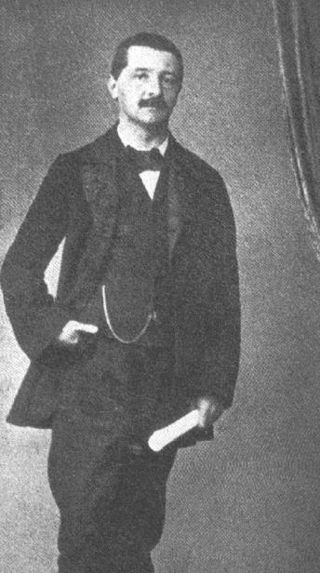
The Requiem in D minor, WAB 39, is a Missa pro defunctis composed by Anton Bruckner in 1849.
Russian composer Alfred Schnittke wrote his Symphony No. 4 in 1983. It is a choral symphony, written for tenor, countertenor, chorus, and orchestra. It was first performed on April 12, 1984, in Moscow.
The Symphony No. 9 by Alfred Schnittke was written two years before his death in 1998. As a result of paralysis following a series of strokes, the manuscript was barely readable, and a performing edition was made by Gennady Rozhdestvensky. Schnittke was dissatisfied with Rozhdestvensky's edition, and following his death his widow Irina Schnittke sought to have a reconstruction made that was more faithful to the manuscript. Nikolai Korndorf was first engaged to perform the task, and following his early death the manuscript was passed to Alexander Raskatov. Raskatov not only reconstructed Schnittke's Ninth but also wrote his own composition: Nunc dimittis – In memoriam Alfred Schnittke, which was performed after the symphony in the premiere recording conducted by Dennis Russell Davies.
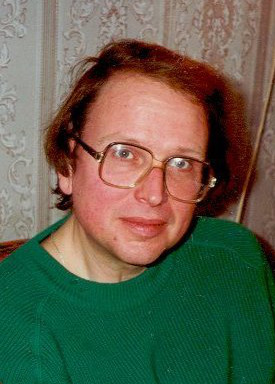
Alexander Ivashkin, was a Russian cellist, writer, academic and conductor. He was a professor of music and the Chair of Performance Studies at Goldsmiths, University of London since 1999, the director of the Centre for Russian Music, and the curator of the Alfred Schnittke Archive. In 1996, he published the first English-language biography of the composer Alfred Schnittke.

The Mass No. 1 in D minor, WAB 26 by Anton Bruckner, is a setting of the Mass ordinary for soloists, mixed choir and orchestra, and organ.

The Missa Brevis by Leonard Bernstein is a musical setting of parts of the mass ordinary in Latin for a mixed a cappella choir with countertenor solo and percussion. It is also Bernstein's last complete choral work, due to his death a year after its completion in 1989.
The Concerto Grosso No. 1 was the first of six concerti grossi by Soviet composer Alfred Schnittke. It was written in 1976–1977 at the request of Gidon Kremer and Tatiana Grindenko who were also the violin soloists at its premiere on 21 March 1977 in Leningrad together with Yuri Smirnov on keyboard instruments and the Leningrad Chamber Orchestra under Eri Klas. It is one of the best-known of Schnittke's polystylistic compositions and marked his break-through in the West.

In jener letzten der Nächte, WAB 17, is a motet composed by Anton Bruckner.

A chorale is the name of several related musical forms originating in the music genre of the Lutheran chorale:
Symphony No. 6 by Russian composer Alfred Schnittke was composed in 1992. It was commissioned by cellist and conductor Mstislav Rostropovich and the National Symphony Orchestra of Washington, who together gave its first performance in Moscow on 25 September 1993.
Russian composer Alfred Schnittke's Symphony No. 7 was composed in 1993. It is dedicated to conductor Kurt Masur who gave its world premiere performance in New York with the New York Philharmonic Orchestra on 10 February 1994.
References
- ↑ Ivashkin, Schnittke, 141.
- ↑ The title of the 1980 Universal Edition score, however, gives "1979/80".
- 1 2 Wilson, New Grove (2001), 24:848.
- 1 2 Moody, New Grove (2001), 22:566.
- ↑ Ivashkin, notes for Chandos 9519, 5–6.
- ↑ Ivashkin, Schnittke, 140–141.
- 1 2 3 4 Ivashkin, notes for Chandos 9519, 5.
- ↑ As cited in Ivashkin, notes to Chandos 9519, 5.